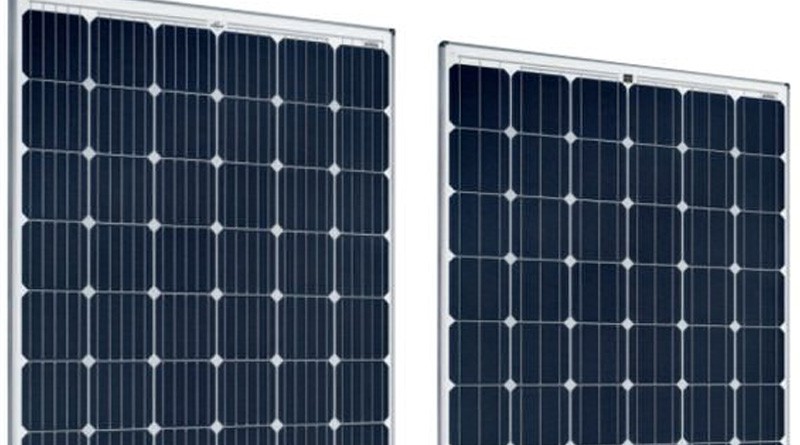Soldered in both ends first 4.
3 busbar vs 5 busbar solar cell.
They conduct the direct current generated by the solar photovoltaic cell.
Their purpose is to conduct electricity generated by solar cells and move it to the junction box.
Solarworld s five busbar 60 cell panels have approached the nameplate power of competitors 72 cell presumably three or four busbar panels.
It is easy to distinguish in appearance.
The 12 pcs busbars is also called multiple busbars referred to as mbb.
Soldering flux in syringe injector 3.
Solarworld s new solar panels use passivated emitter reach cell perc technology and two additional busbars to boost power by 2 and increase efficiency.
4 bus bar cells are the latest technology in the market and they have several benefits over 3 bus bar or 2 bus bar modules.
These metallic contacts are called busbars and have a significant purpose.
What are busbars busbars are metalised thin strips printed on the front and back of the solar pv cell.
Side by side comparison of solarworld s 3 busbar sunmodule solar panels left versus the 5 busbar one right.
Multi busbar cells noticably 5 busbar 5bb cells are currently one of the major trends in solar cell and module design.
Silicon module super league member ja solar are in the process of moving their entire pv module portfolio to the most recent 5 busbar technology.
1 2x 6 5 x 6 5 inc fly wood.
So what does this exactly mean for the generation of your solar plant.
As a solar installer you may have come across 4bb 3bb 2bb on solar panel data sheets.
Many large pv module manufacturers such as solarworld and trina solar increasingly focus their production on solar pv modules using passivated emitter rear contact perc solar cells with 5bb frontside contacts.
4bb implies it is a module with 4 bus bars.
Using 45 watts soldering iron with flattened tool tips 2.
Frequently solar cell busbars are.
They conduct the direct current generated by the solar photovoltaic cell.
These metallic contacts are called busbars and have a significant purpose.
Silicon solar cells are metalized with thin rectangular shape strips printed on the front and back sides of a solar photovoltaic cell.
Higher output per cell higher efficiency.

